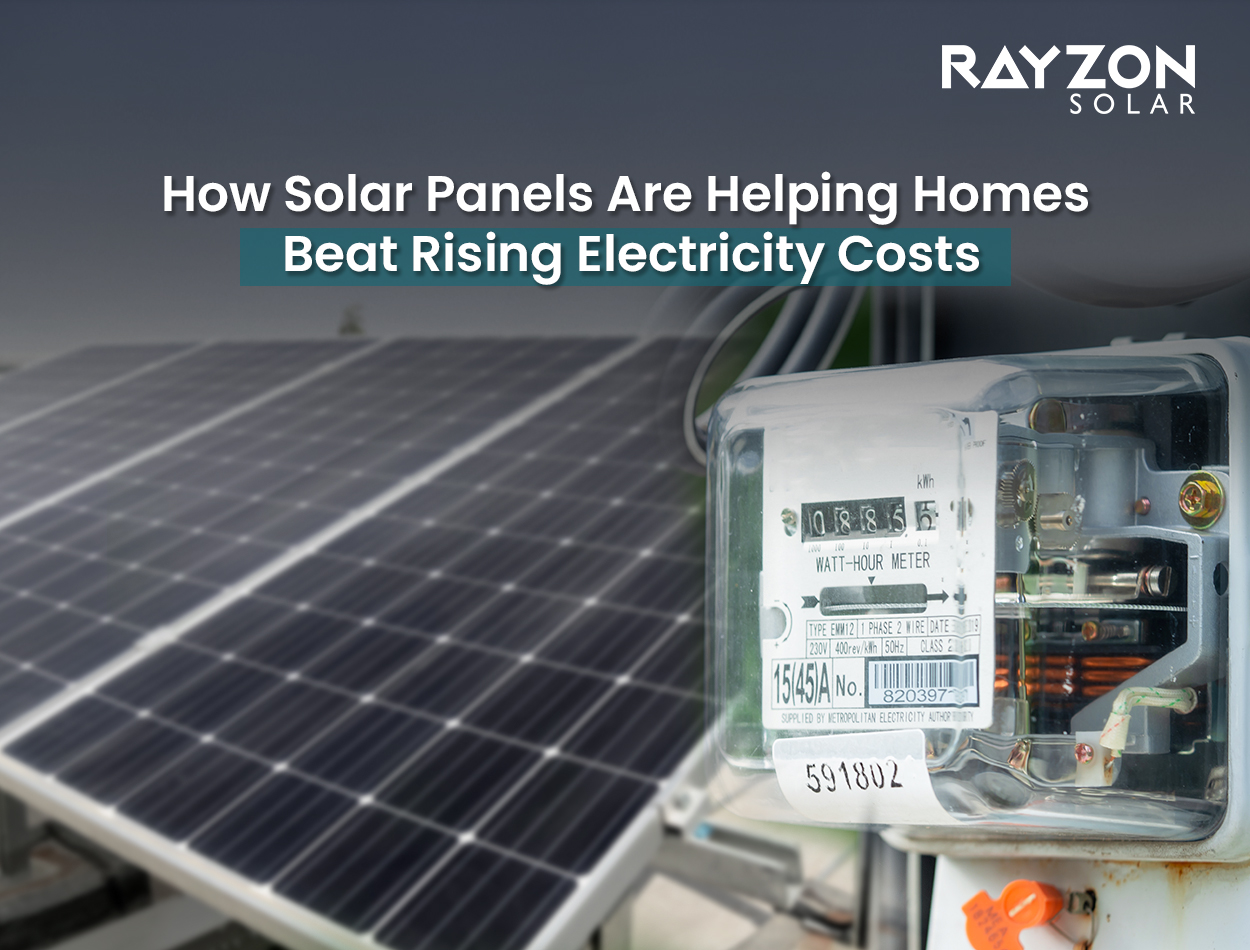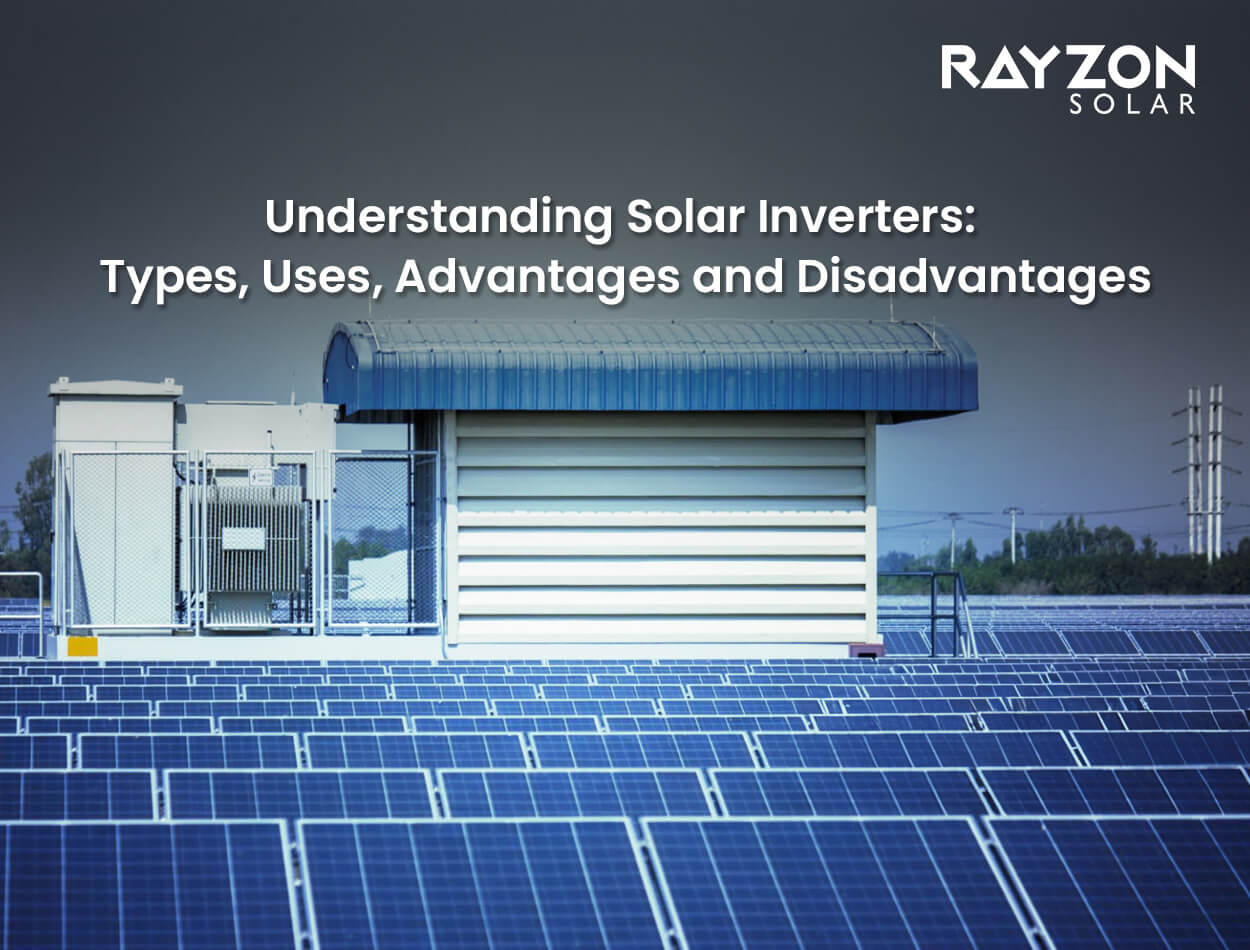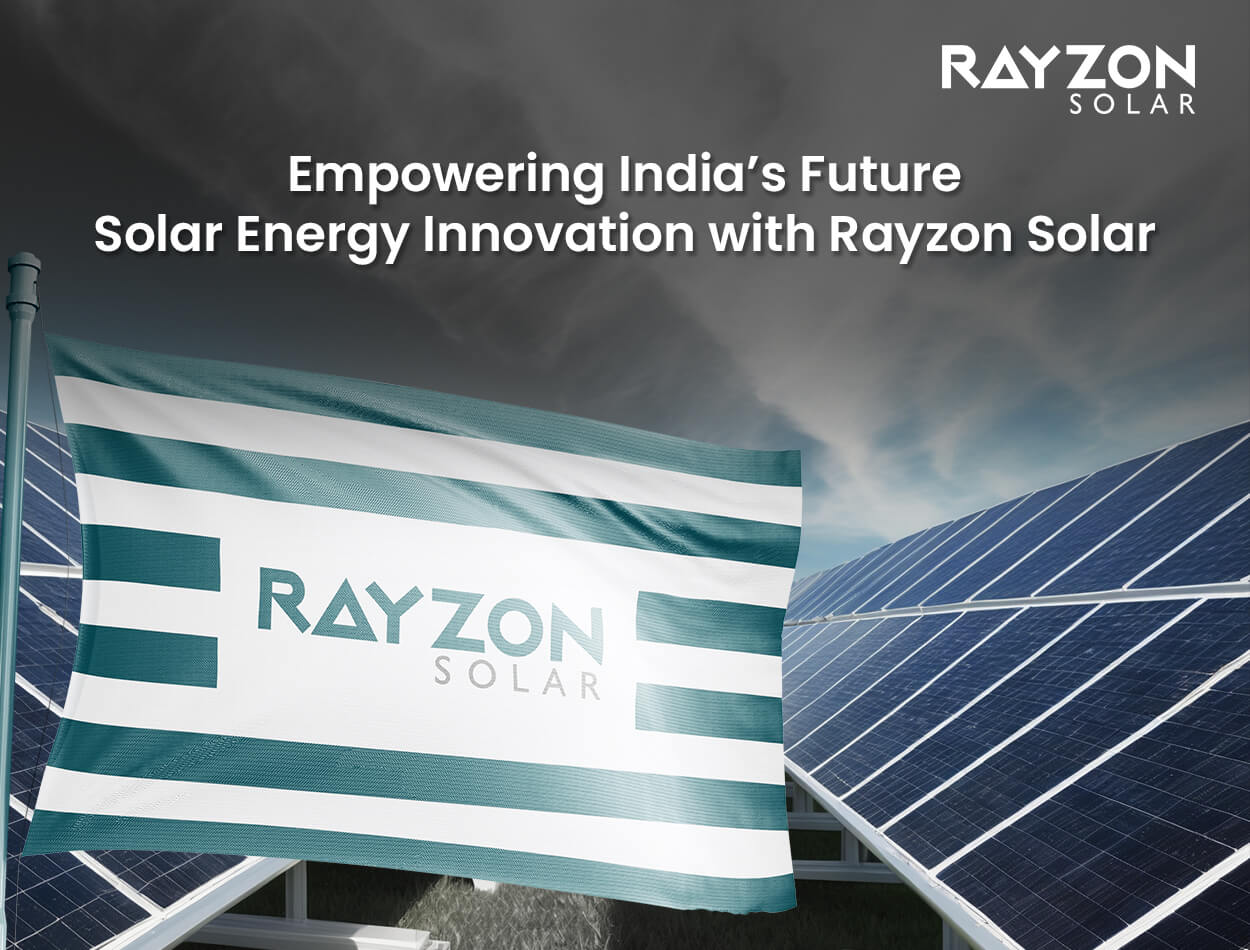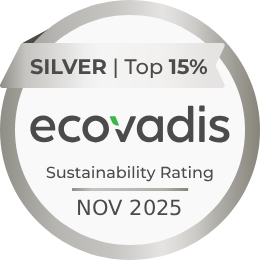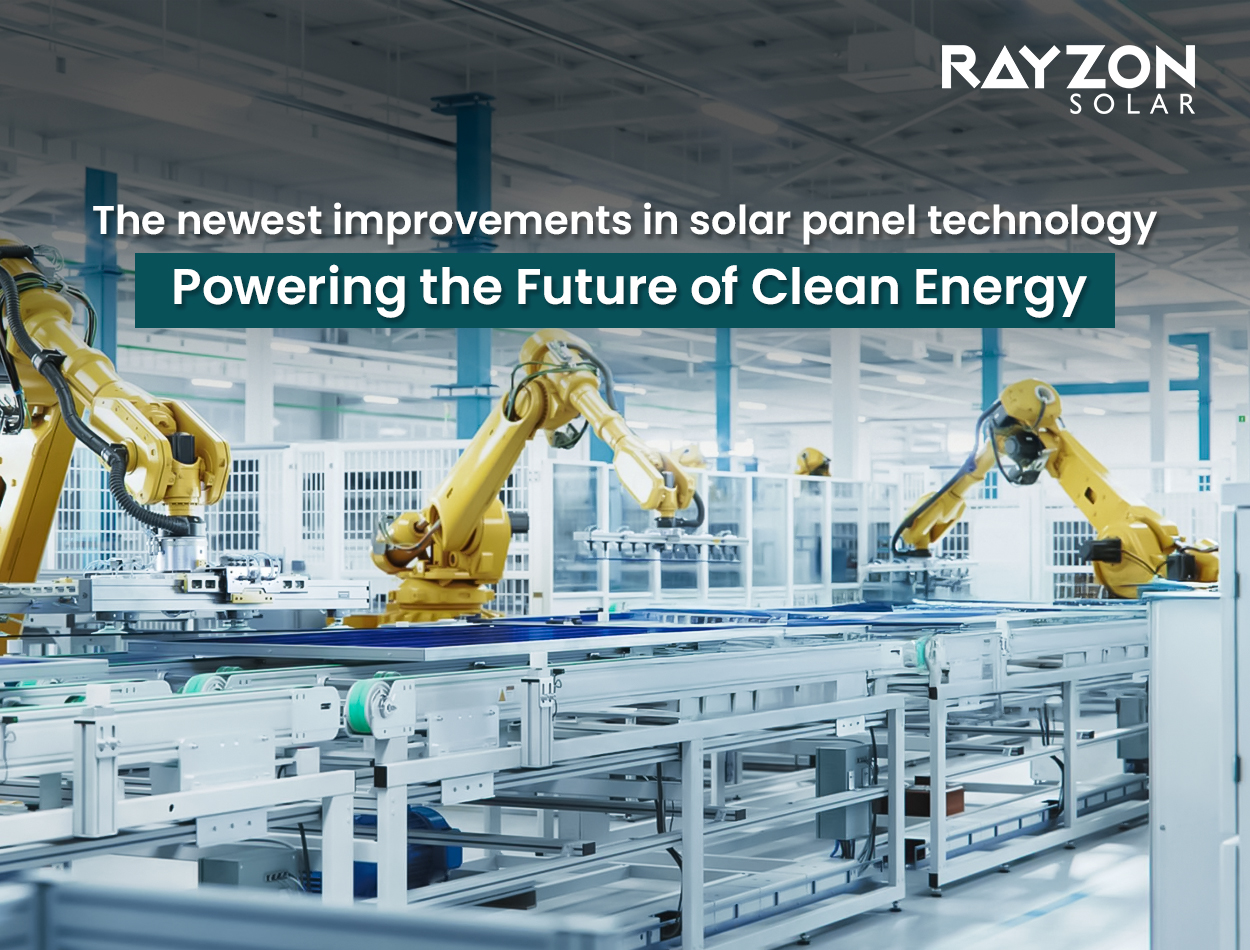
Latest Advancements in Solar PV Module Technology (2025): Powering the Future of Clean Energy
The solar industry is experiencing a technological renaissance, and 2025 is set to be the turning point. With rising global energy demands and the urgency of climate action, solar PV module innovations in 2025 are shaping the future of clean energy like never before. These cutting-edge advancements are transforming not only how solar panels are made, but also how efficiently they perform, how long they last, and how smart they become.
From futuristic materials like perovskites to the integration of artificial intelligence and IoT in smart solar panels, the innovation landscape is vast and exciting. India’s solar leaders, including Rayzon Solar, are actively adapting and scaling these technologies to serve both domestic and international markets. Whether you are a homeowner, business owner, or an energy enthusiast, understanding these developments will empower your transition to renewable energy.
Read how Rayzon Solar is pioneering sustainable solutions.
1. Perovskite Solar Cells: The Game-Changer
Perovskite solar cells are emerging as one of the most promising technologies in solar PV module innovations 2025. These cells are lightweight, flexible, and relatively inexpensive to produce. Unlike traditional silicon cells, perovskites can absorb a broader spectrum of sunlight, leading to significantly higher efficiencies.
Recent breakthroughs have led to perovskite-silicon tandem cells achieving a record 33.9% efficiency, pushing beyond the theoretical limit of single-junction silicon cells. Their application in transparent solar windows and ultra-light panels makes them ideal for urban infrastructure and portable energy use cases.
Learn more about Perovskite Solar Technology.
2. Tandem Solar Cell Efficiency: Breaking Barriers
Tandem solar cells are the future of layered efficiency. By stacking two or more solar materials, such as perovskite atop silicon, they maximize sunlight absorption and reduce energy losses. These cells are central to reaching the next threshold in solar panel output.
In 2025, tandem solar cell efficiency is not just theoretical. Global R&D and manufacturers like Rayzon Solar are actively testing tandem cell models for mass adoption, ensuring higher returns for both residential and utility-scale installations.
Explore our high-efficiency panel innovations.
3. Flexible Solar Panels 2025: Lightweight, Versatile, and Mobile
With the rise of flexible solar panels in 2025, energy can now go where traditional panels couldn't. Using organic photovoltaics and ultra-thin silicon, researchers have created solar sheets that are light, rollable, and even wearable. MIT’s latest solar fabric generates 18 times more power per kilogram than conventional modules.
These innovations are perfect for disaster zones, vehicles, tents, and off-grid locations. Flexible solar modules are setting the standard for portability and emergency power solutions.
Discover the difference between off-grid vs on-grid systems.
4. Bifacial Solar Panel Technology: Double the Power
Bifacial solar panel technology enables energy generation from both sides of the panel. By utilizing reflected sunlight, especially from bright surfaces like sand or snow, bifacial panels boost output by up to 30%.
Rayzon Solar’s TOPCon and bifacial panels are leading the way in commercial and industrial deployments. These high-efficiency solar panels are perfect for ground-mounted and rooftop setups with reflective surfaces.
Compare bifacial and monofacial panels.
5. PERC Solar Cell Advancements
PERC (Passivated Emitter and Rear Cell) technology is enhancing traditional solar cell architecture by adding a passivation layer. This boosts internal reflection and improves efficiency in low-light environments, often achieving up to 25% efficiency.
Rayzon Solar continues to integrate mono PERC advancements into residential projects to provide consistent performance even on cloudy days.
Explore expert tips to maximize solar panel efficiency.
6. HJT Solar Technology: High Efficiency Meets Low Degradation
Heterojunction Technology (HJT) combines the strengths of crystalline and amorphous silicon layers, delivering over 25% module efficiency and excellent temperature performance. HJT’s low temperature coefficient means better output in hot climates.
Its bifacial nature and durability make it one of the best future solar energy solutions in the solar PV module innovations 2025 roadmap.
Read more about solar performance in extreme weather.
7. TOPCon Solar Cells: The Next Commercial Standard
TOPCon (Tunnel Oxide Passivated Contact) is the rising star in the solar sector. With superior energy yield, improved stability, and compatibility with bifacial setups, TOPCon cells are seeing rapid adoption.
Rayzon Solar’s proprietary 210R TOPCon module is a benchmark in innovation and is extensively used in large-scale industrial and commercial solar projects.
Explore our TOPCon 210R Solar Panel.
8. Smart Solar Panels IoT: The Future Is Digital
With IoT and AI integration, smart solar panels can self-monitor, optimize output, and diagnose issues in real time. These digital solutions enhance reliability, maximize uptime, and reduce maintenance costs.
Rayzon Solar incorporates smart sensors and real-time analytics tools in its offerings, aligning with the demands of energy-conscious consumers.
Read about monitoring solar energy systems.
9. Future Solar Energy Solutions: Sustainability Beyond the Panel
The 2025 roadmap extends beyond panels to include energy storage, recyclable materials, and grid integration. Innovations in battery pairing and circular solar panel manufacturing are redefining long-term sustainability.
Learn about our efforts in solar panel recycling.
10. Solar Panel Design and Aesthetics: Blending Performance with Architecture
In 2025, solar PV module innovations are not just about performance—they're also about visual integration. Modern panel designs now come in sleek, all-black formats, glass-glass modules, and frameless options to blend beautifully with rooftops and façades. Aesthetic solar panels are especially gaining popularity in urban installations and commercial buildings where design matters.
Rayzon Solar offers a range of stylish yet high-performing PV modules that enhance both the look and energy efficiency of your property.
Discover the impact of solar energy on modern architecture.
11. Transparent and Building-Integrated Photovoltaics (BIPV)
Transparent solar panels and BIPV technology are turning glass windows, facades, and rooftops into energy-generating surfaces. These innovations are ideal for high-rise buildings, glass canopies, and even vehicles.
Rayzon Solar is researching the scalability of transparent PV for commercial applications, aligning with sustainable architecture trends and green building certifications.
Explore the potential of transparent solar panels.
12. Solar Panel Manufacturing Automation
Automation in solar panel production has revolutionized efficiency, consistency, and cost-effectiveness. In 2025, AI-driven quality checks, robotic arms, and smart assembly lines are enhancing production across India’s top solar manufacturing hubs.
Rayzon Solar’s manufacturing facilities are equipped with cutting-edge automation technology, supporting faster rollout of high-efficiency modules.
Learn more about automation in solar panel production.
13. Weatherproof and Durable Module Innovation
As climate change brings extreme weather events, weather-resistant solar panels are a key focus of solar PV module innovations 2025. Panels are now built with anti-reflective coatings, reinforced glass, and dust-resistant surfaces to improve performance and longevity in harsh climates.
Rayzon Solar’s modules are rigorously tested for wind, hail, heat, and humidity, ensuring optimal performance in all conditions.
Explore how solar panels perform in extreme weather.
14. Energy Storage Integration with Solar Panels
In 2025, solar energy is no longer just about generation—it’s about energy storage and independence. Integrated systems that combine solar panels with lithium-ion or advanced battery tech ensure energy is stored for use at night or during outages.
Rayzon Solar supports hybrid systems that include battery storage, enabling homes and businesses to reduce reliance on the grid and maximize ROI.
Learn how solar energy and energy storage work together.
Latest Trends and Rayzon Solar Projects
Rayzon Solar has been actively driving solar PV module innovations in 2025 through:
- Green energy initiatives in schools
- Partnerships for floating solar projects
- Sustainable manufacturing milestones
- Innovative showcase at Renewable Energy India Expo
Explore our solar technology evolution.
Conclusion: Solar PV Module Innovations 2025 Are Reshaping the Future
From perovskite and tandem solar cells to TOPCon and HJT, the solar industry’s evolution in 2025 is setting unprecedented standards. These innovations are delivering higher efficiency, better durability, flexibility, and intelligent integration.
Rayzon Solar continues to lead from the front by adopting and promoting these technologies to power a greener planet. For those seeking future solar energy solutions that combine cutting-edge performance with sustainability, the future is bright.
Read about Rayzon’s commitment to sustainability.
Call to Action
Looking to invest in the future of solar energy? Discover how Solar PV Module Innovations 2025 can elevate your home, business, or project to the next level. With Rayzon Solar’s high-efficiency PV modules, you get access to the best of perovskite, tandem, bifacial, TOPCon, and smart IoT technologies—all backed by reliability and industry-leading support.
Visit Rayzon Solar to get started.
